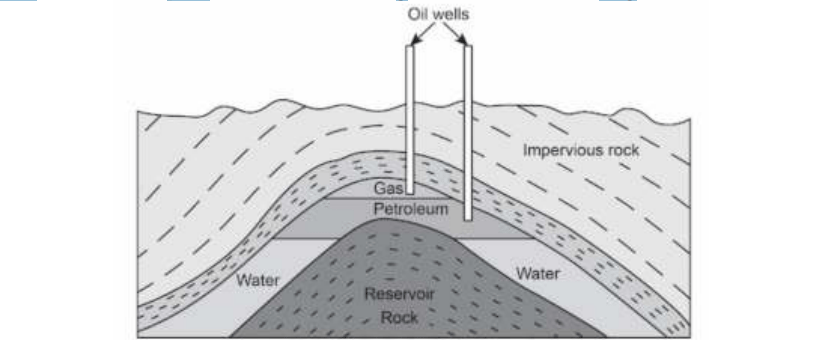Structure and Properties of Matter - Each pure substance has characteristic physical and chemical properties (for any bulk quantity under given conditions) that can be used to identify it.
Structure and Properties of Matter - Each pure substance has characteristic physical and chemical properties (for any bulk quantity under given conditions) that can be used to identify it.: Overview
This topic covers various concepts like Chemical Changes, , etc.
Important Questions on Structure and Properties of Matter - Each pure substance has characteristic physical and chemical properties (for any bulk quantity under given conditions) that can be used to identify it.
If a cylindrical wooden pole. 20 cm in diameter and 1 m in height is placed in a pool of water in a vertical position (the specific gravity of wood is 0.6), then it will
When the fermentation of fructose results in the bitter product mannitol, the fermentation is sometime termed as-
When we freeze water does its volume decrease?
What is the heat absorption rate of ice?
Which of the following is man-made resource?
Write a short note on Resources.
What are the differences between renewable and non-renewable resources? Discuss briefly with examples.
What are man-made resources? Write in briefly about its use with examples.
Briefly discuss the relationship between resources and science-technology.
Write the difference between man-made resource and human resource.
Write in brief about the relationship between resource and man.
Briefly discuss the necessity of resources with example?
What is meant by ‘resource’? Mention its characteristics.
Which of these changes can be reversed?
What is the importance of natural resources?
The picture shows how petroleum and natural gas are extracted through oil wells

Which of the following statements are supported by the picture?
Circle ‘Yes’ or ‘No’ for the correct response.
| Is this statement supported by the picture? | Yes or No |
| Petroleum is insoluble in water. | Yes/No |
| Natural gas is denser than petroleum. | Yes/No |
| Petroleum and natural gas deposits are found under rock layers. | Yes/No |
The table shows the weather over four days in a week for a city.
| Maximum Temperature | Minimum Temperature | Humidity | Rainfall | |
| Day 1 | 33℃ | 27℃ | 65℃ | 2 mm |
| Day 2 | 28℃ | 22℃ | 80℃ | 6 mm |
| Day 3 | 30℃ | 24℃ | 70℃ | 4 mm |
| Day 4 | 33℃ | 27℃ | 55℃ | 2 mm |
The weather pattern of the four days continued over the next one month.
Which season does the weather indicate?
When a disease becomes unusually widespread and even global in its reach is referred to as a _____.
Which one of the following statements is true concerning epidemic diseases?
Shubham listed the properties of three substances as:
P: Elastic, opaque, non-edible
Q: Liquid, inflammable, edible
R: Hard, floats on water, inflammable
P, Q and R respectively.
